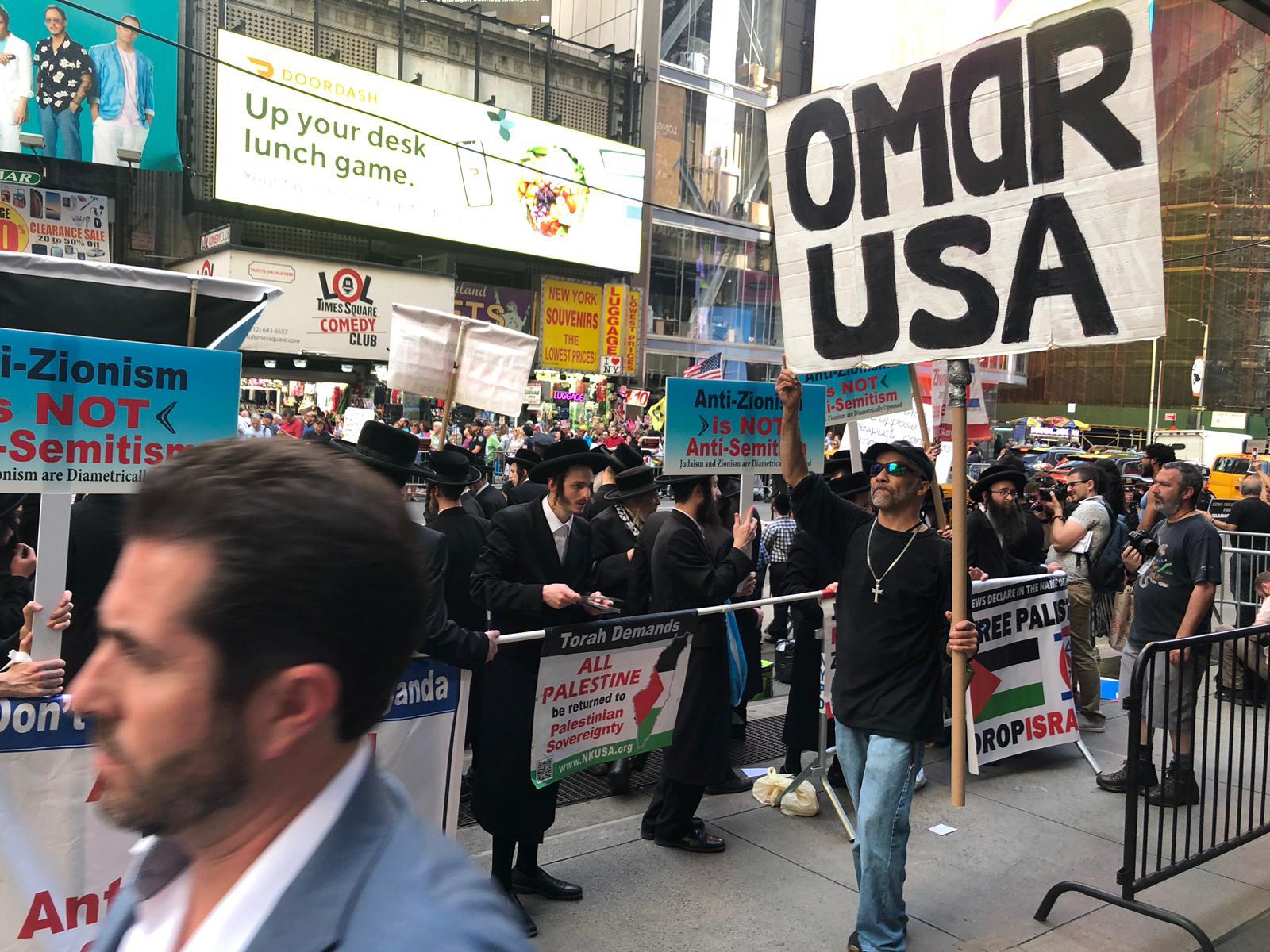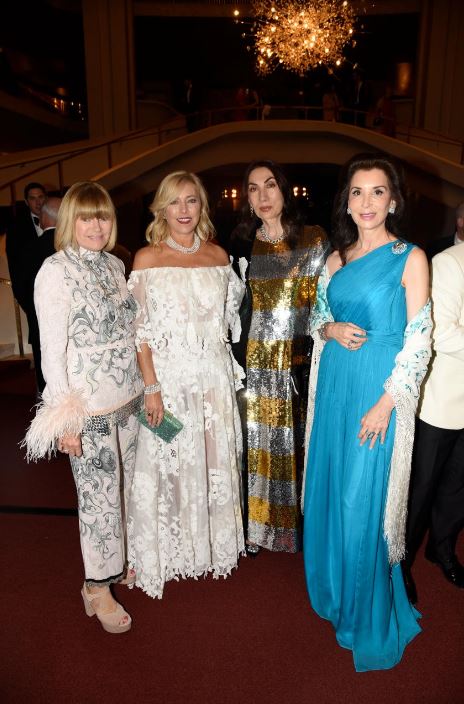As if you could kill time without injuring eternity
– Henry David Thoreau
In a song recorded many years ago by the Rolling Stones, Mick Jagger warbles, “Time, time, time is on my side…”
The sentiment is, or course, the attitude of youth. And arrogant youth at that. As we age and grow more insightful, it becomes eminently clear that time is not on our side, is not on the side of anything ephemeral; not on the side of anyone or anything that marks the passage of the minutes, hours, days, months and years.
Time does not take sides. Time is not our ally. It is as amoral as it is unrelenting. It is not just the marker by which we measure our days, it is the fundamental reality of corporeal existence – whether human or beast. Time moves on and on and on, carrying all living things with it. As we are carried along by time, we change at every moment.
We are not the same this moment as we were the last. With each moment and each day, we change from infant, to young man, to old man moving closer and closer to the end of the finite number of days allotted to us. Our tradition teaches that God has given each of us a predetermined number of minutes, days and hours in which to live – the exact amount of time needed to complete our mission. Not a single day too little. Not a single day too many. The Zohar tells us that, “Each and every day does its work.” Each day we must show some accomplishment. Indeed, each hour we should do so. And that accomplishment must be the sanctification of God’s name.
Time is time. It is the same for beasts of the field and for humans. The passage of time, the minutes, the hours, the days, cannot be shortened or lengthened. The ticking of the clock is unending and unrelenting. We cannot change time. Time does not give meaning to our lives. However, the grace that we have is that we can give meaning to time. Unlike the beasts of the field, we can choose what we do with the time allotted us; we can choose to bring meaning to time.
Time is a monotonous landscape. Like a gardener, we can cultivate that landscape. It is not time that has meaning but how we engage with God’s mitzvot in time that gives us meaning.
The beasts of the field do not mark the passing of the days but we Jews never stop being aware of time and its significance. We acknowledge not the mere passage of time but the opportunity we find in time to honor God. With the passing of each year, we can once again observe mitzvot we have not been able to observe since the year before – making kiddush on the first night of the Yom Tov, sitting in the Sukkah the first night, eating matzoh at the Seder, lighting candles the first night of Chanukah, reading the Megillah on Purim. We take note of the moment by reciting the she’hechiyanu. That is, we pause to recognize and thank God for allowing us to be alive and well, for allowing us to arrive at this moment, this la’z’man hazeh.
Especially now, at this time of the year, we pause each day as we count the Omer day by day, week by week for seven full weeks of days – the temporal distance between slavery and Sinai, between pain and hope, between being lost and having meaning. In doing so, we learn again that time forces upon us a linear experience. Nothing happens “all at once”. The days add up as we work to realize our goals. We count the minutes and hours as we move toward our destination.
In doing so, we make each moment matter.
A sign posted by a clock in a classroom: Time passes; will you?
“The grass withers, the flower fades; because the breath of the Lord blows upon it – surely the people is grass.” (Isaiah 40:7)
Our lives are gone in the blink of an eye.
When God identifies Himself by name from the Burning Bush, the name by which He identifies himself is derived from the Hebrew root “to be”. Although often translated “I am who I am” it is more correctly translated, “I am as I always will be”.
Unchanging. Untouched by time. Outside of time. Perfect.
Beyond time, God is perfect, but He has created us to be exactly the opposite. We exist in time. To give our lives meaning, to approach perfection demands that we approximate stopping time so that, for the briefest of moments, we experience what it means to be unchanging. We experience what it means to approach God.
How can we approach “timelessness”? First, by acknowledging that, while “time” is defined by its sameness, Jewish time is not. The work week moves toward the Sabbath and, with the Sabbath’s arrival, celebration. At Havdalah we reluctantly start the cycle again. The secular year is an unending, unchanging landscape. The Jewish year is an uneven temporal landscape, dotted with festivals and holidays, solemn observances and fasts that alter the meaning and significance of what would otherwise be just another day or season.
Days are not, for us, mere collections of hours. A day, this day, calls us to act; to learn Torah and to repent. The Torah is clear about this urgency in the Sh’ma: “These words, which I command you this day, make them as a sign upon your heart and between your eyes…”
Our Sages comment that the word hayom, “this day” means that “the Torah should be ever fresh in your mind, as though you received the Torah today.” As for the duty to repent, Rambam teaches, “A man should always regard himself as if his death were imminent and think that he may die this very hour, while still in a state of sin.
“This day”! Now! Each day matan Torah. Each day Yom Kippur – and with it a chance to claim the day, find the moment and bring meaning into our lives. This day. This moment. This moment, in its wholeness, has the potential for perfection in our lives. Catch it! Use it! Before it moves on to the next.
During no period are we any more conscious of the movement of time toward a festival as we are now, during the s’fira, the counting of the Omer. From the second day of Passover through Shavuot rather than measuring the ticking of time we mark the day with the counting of the Omer. Our s’firah, or counting, is celebrated first on the thirty-third of the counting, Lag BaOmer and at the culmination of the counting, Shavuot.
Why “pause” at Lag BaOmer to celebrate when the Torah makes no mention of the holiday? One reason for the holiday is that it is the passing of Rabbi Shimon bar Yochai. Another, more prevalent reason to celebrate, is the link between Lag BaOmer and the Bar Kokhba revolt against the Roman Empire.
In both cases, we see a clear example of finding meaning and significance in a moment in Jewish time and, in that moment, a reflection of eternity and perfection.
When we anticipate and prepare for an occasion, and find meaning in the events that define moments in time, our actions and our thoughts bring us into ever sharper focus on the event and the celebration. If these moments simply “happen upon us” then meaning would be fleeting at best. But when we make the moment meaningful, then the moment has power. Indeed, the occasion itself be a culmination of anticipatory moments. Isn’t this the sense we have when we celebrate a siyyum?
In Judaism, our accomplishments are reason for joy and satisfaction. For a religious and learned Jew, there is no greater joy than that found in celebrating a siyyum; celebrating the privilege of having had the opportunity to complete a significant part of Torah.
And yet… and yet… we find that we never enjoy unbridled joy when we celebrate a siyyum. Even at the siyyum we understand the moment will not last.
We cannot hold on to the “perfection” of the moment. It slips away from us, like sand through our fingers. Even in our moments of joy, time is still time. It moves on, relentless. So, in addition to our accomplishments, there is the awareness of finality, of passing a moment of which the road of life now has fewer and fewer of. It is a blessing to celebrate an eighty-fifth birthday, but can one celebrate such a birthday without the awareness that there cannot be more than a handful of such moments yet ahead?
The genuine Jew wants not only to celebrate the joys of yesterday, but even more to weigh the hopes of tomorrow against the certainty that tomorrow too shall pass.
It cannot help but be so. As Jews, we impose an “unevenness” on time, we give moments meaning and, in doing so, seek to slow it down if only for the fleeting chance to glimpse unchanging perfection.
Rabbi Safran’s recently published volume on all parshiyot ha’Torah available on Amazon Something Old, Something New: Pearls from the Torah: Rabbi Eliyahu Safran: 9781602803152: Amazon.com: Books





































